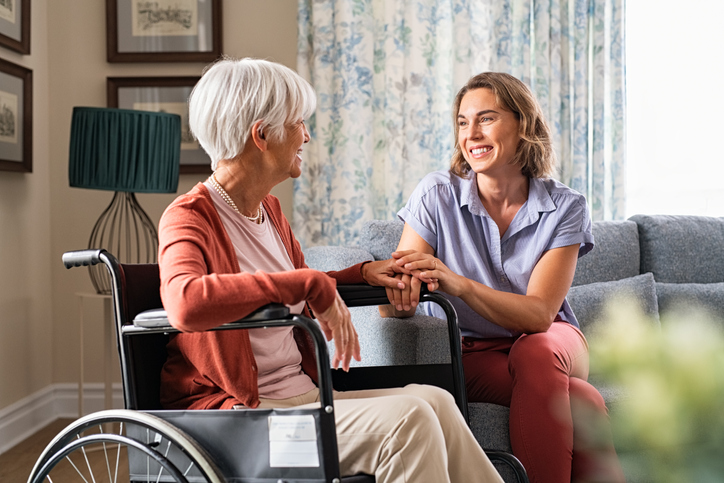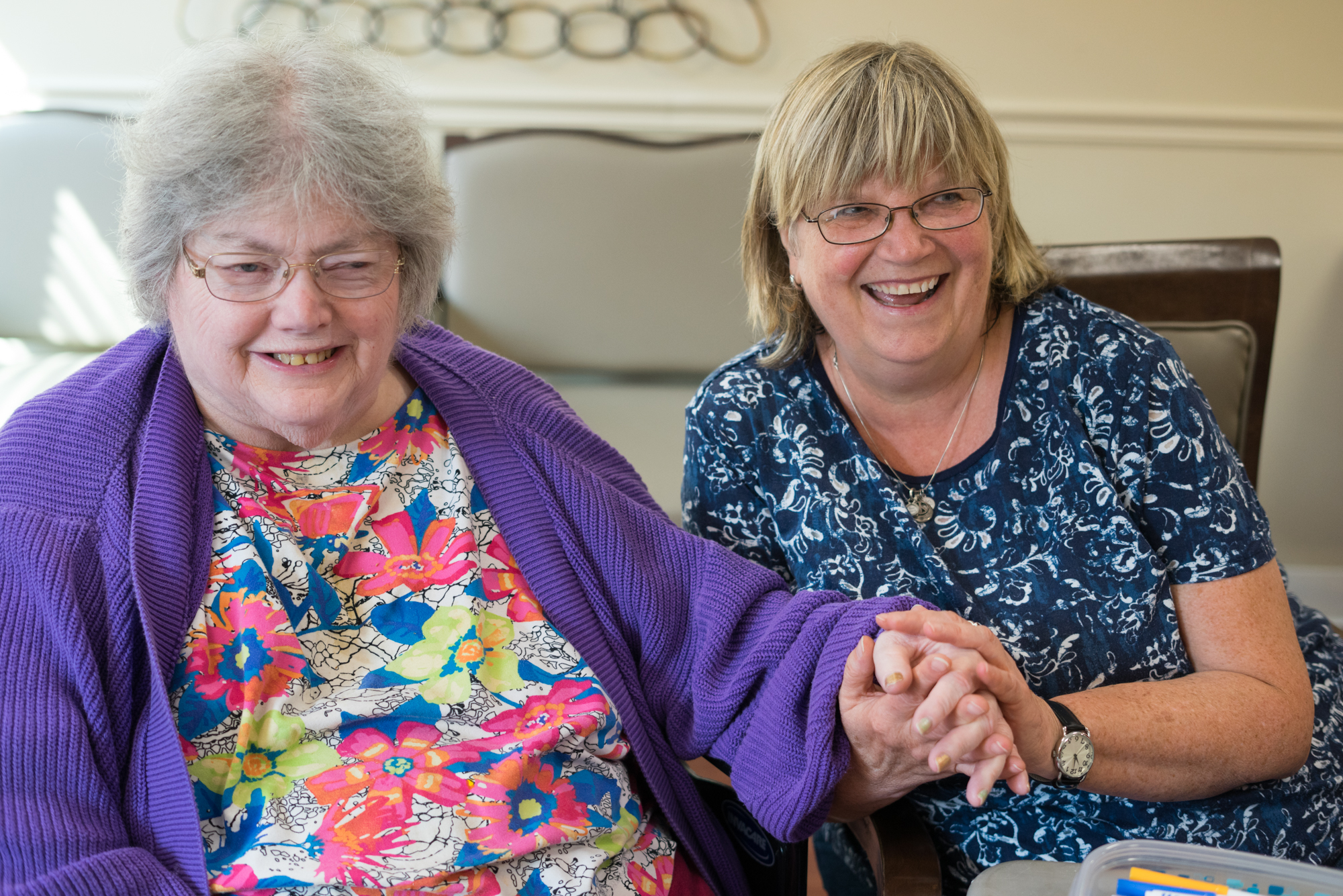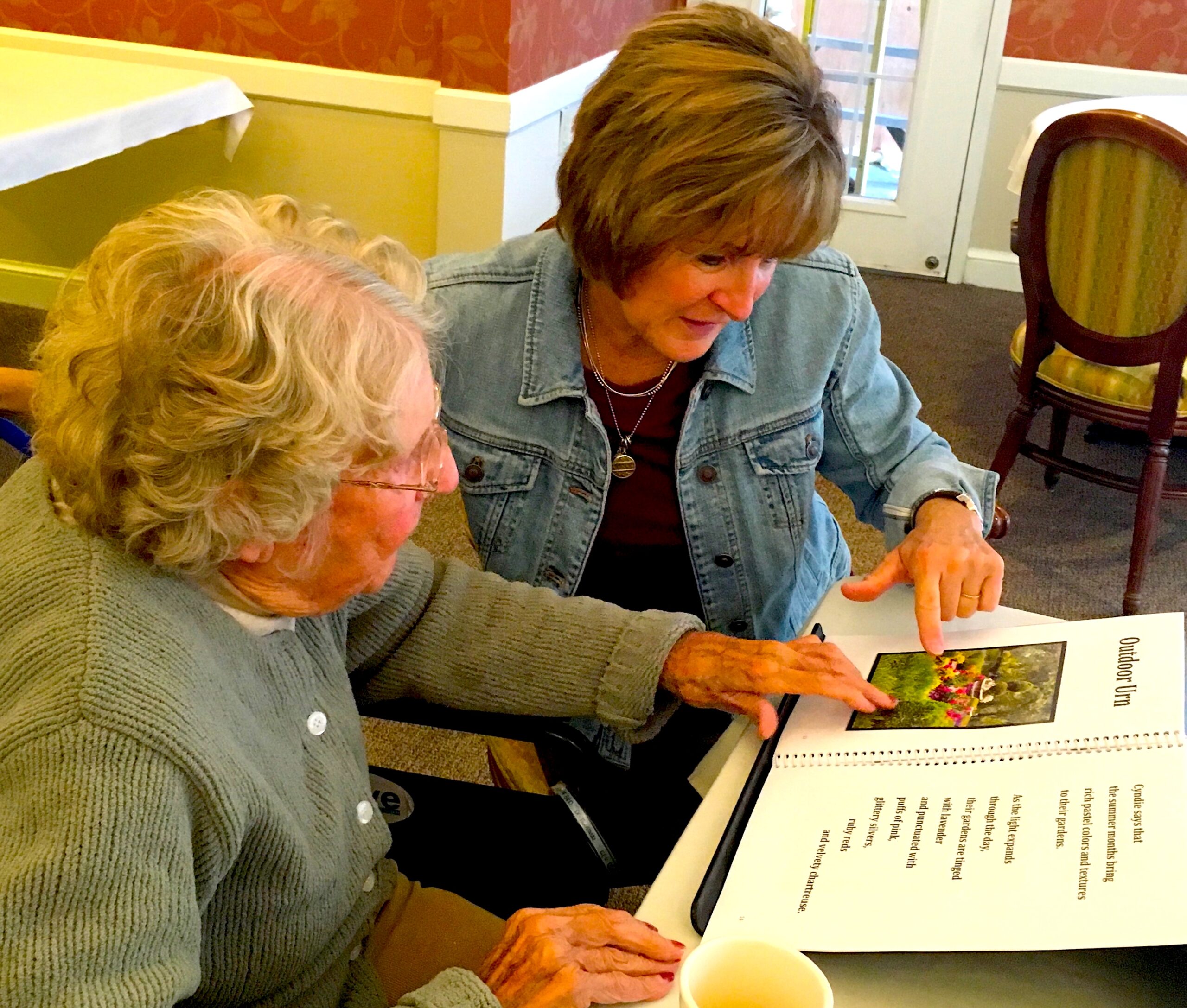Easing Pain through Companion Volunteering
The Center for Innovation Conference, August 23 – 26, 2023, Pittsburgh, PA, was an exhilarating experience, but the highlight for me was Dr. Stephen Trzeciak’s keynote: “The Power of Compassionate Care.” Dr. Trzeciak is the Chairman and Chief Department of Medicine, Medical Director, Adult Health Institute at Cooper University Health Care.
Dr. Trzeciak talked about his paradigm shift when approaching his patients, many of whom are facing end-of-life issues. Outside of Atu Gwande in his book, “Being Mortal,” I don’t recall another doctor sharing such intimate details in a public forum. He realized that taking just a few seconds to express compassion to his patients had powerful positive repercussions for their outcomes.
But when he said that his research revealed that his patients reported reductions in pain intensity due to his demonstrated compassion, I nearly stood up among the 600 people attending and shouted, “Amen!” My study revealed that volunteers engaged in person-to-person activities resulted in less use of psychotropics and reports of severe pain!
Our Hope…
It is our (NALTCV) hope that by exploring this topic you will be inspired to pursue the transformative role you can offer to the people living in long-term care communities across the U.S.
The Endorphin Connection: A Natural Pathway to Ease Pain
At the heart of this finding lies the captivating role of endorphins—natural pain-relievers in our bodies. When you interact with our older adult community members, sharing stories and building bonds, you set off a series of reactions in their brains. This interaction triggers the release of endorphins, which then engage specific receptors, leading to a significant reduction in pain signals. By dedicating your time and companionship, you establish a link between your presence and their relief from discomfort.
Shifting Focus: Your Presence as a Source of Relief
Recall times when a good conversation made you temporarily forget about a minor ailment. Your companionship operates similarly for the individuals in our communities. Engaging in dialogue, participating in group activities, or just being there redirects their focus away from physical discomfort. This shift in focus initiates a cognitive process in their brains, effectively lessening their perception of discomfort. By providing an engaging presence, you offer a valuable distraction from their physical sensations.
Enhancing Emotional Well-Being: Your Role in Boosting Mood
Your companionship goes beyond a fleeting encounter—it holds considerable neurobiological significance. Serotonin and oxytocin, vital neurotransmitters responsible for mood regulation and fostering social bonds, come into play. Your presence prompts the release of these neurotransmitters, promoting emotional well-being and a deep sense of connection. As these mood-enhancing elements surge, they indirectly contribute to a decrease in pain perception. Your ability to positively influence their emotional state underscores the significant role you play in their journey toward pain management.
The Power of Believing: Your Gift of Comfort
You’re likely familiar with the placebo effect. It’s the idea that believing in a treatment’s effectiveness can lead to actual physiological changes. Your companionship harnesses a similar power. When you establish rapport with older adult community members and they believe in the relief your presence provides, their brains respond. Neurobiological mechanisms are set in motion, genuinely alleviating their discomfort. Your authentic interactions become a tangible remedy, highlighting the remarkable interplay between mental states and physical experiences.
Empowerment Through Connection
While your companionship isn’t a cure-all for discomfort, its potential impact is significant, especially for our older adult community members. Your presence as a companion volunteer extends beyond being mere company—it emerges as a versatile tool within their pain management toolkit. Your companionship enhances emotional resilience and coping mechanisms while also instilling a profound sense of empowerment in the face of pain-related challenges.
Where Compassion Meets Pain Management: The Crossroads
Neuroimaging research has uncovered intriguing intersections between neural circuits tied to compassion and those governing pain modulation. Your interactions trigger brain regions responsible for encoding emotional warmth, camaraderie, and community. These neural pathways overlap with those involved in reducing pain signals, creating a bridge between your compassionate presence and their perception of discomfort. Your interactions seem to blend their social tendencies with their ability to alleviate physical distress.
Your Role: A Catalyst for Change
The intricate interplay between emotional connection and pain perception uncovers the incredible potential of your companionship. Your role as a potential companion volunteer goes beyond standard definitions—it’s about transformation. By serving as a bridge between emotional richness and physical comfort, you contribute to a comprehensive approach to pain management that resonates deeply within our older adult communities.
Join Our Journey of Compassion: Become a Companion Volunteer!
Are you ready to make a profound impact on the lives of older adults in our community? Embark on a journey of compassion that holds the power to transform not only their days but also your own sense of purpose. By becoming a companion volunteer, you can contribute to the well-being of older adults and play a pivotal role in their pain management journey. Your time and presence hold the key to alleviating discomfort and fostering emotional resilience.
Why Should You?
- Meaningful Connections: Your companionship creates genuine connections that brighten their days and alleviate their discomfort.
- Comfort: The release of endorphins triggered by your interactions offers natural pain relief, enhancing their overall comfort.
- Emotional Well-Being: By fostering positive emotions through your presence, you contribute to their emotional well-being and mood enhancement.
- Empowerment: Your engagement empowers older adults to face pain-related challenges with a renewed sense of strength and agency.
How Do I Get Involved?
- Reach Out: Connect with us to express your interest in becoming a Companion volunteer.
- Train: Complete “Volunteering in Long-Term Care” online training to learn about the role, how to create “authentic” relationships and the profound impact you can make. Start here…
- Connect: NALTCV is active in social media:
Facebook, X (formerly Twitter), LinkedIn - Transform: Witness first-hand the transformative power of your companionship!
.
If you are managing volunteers in a long-term care community, we would love to hear from you. Please start here…




